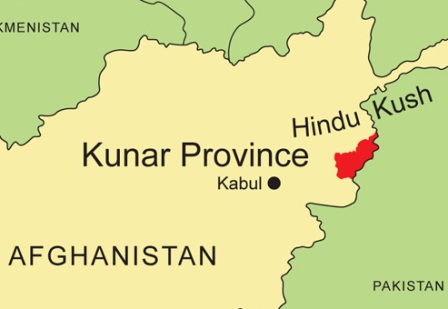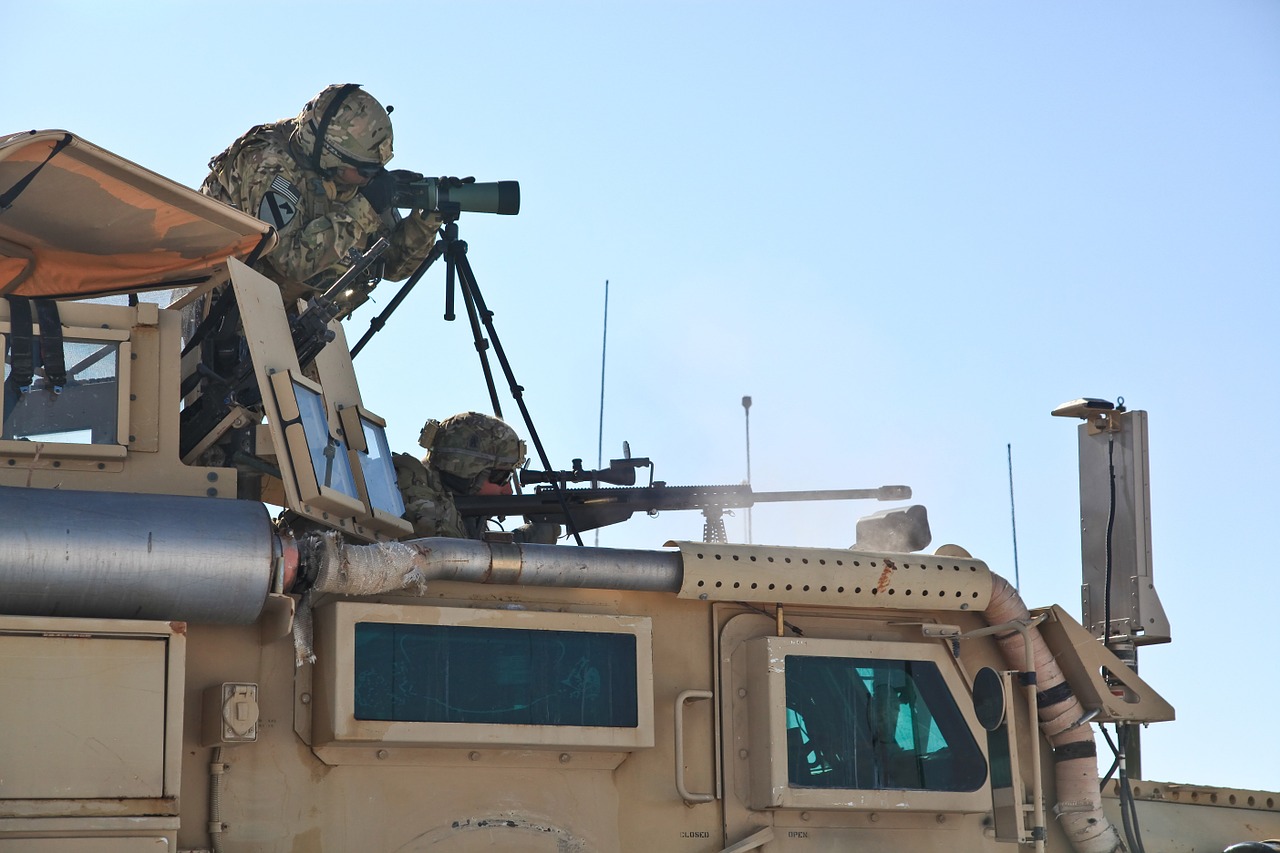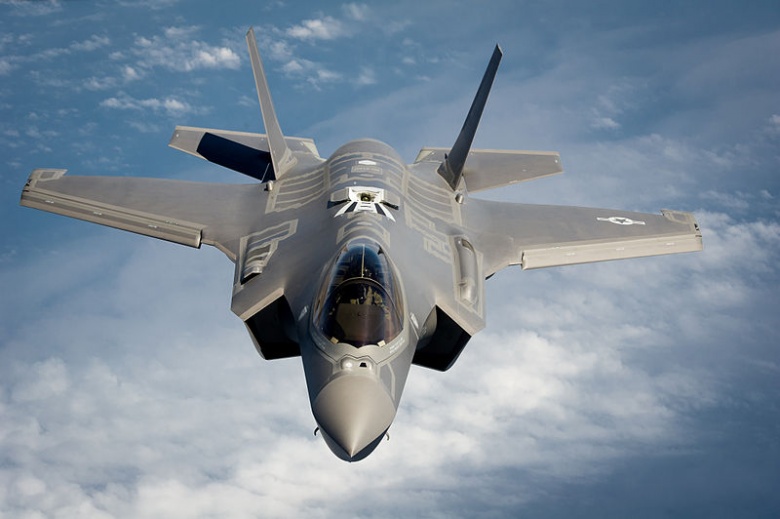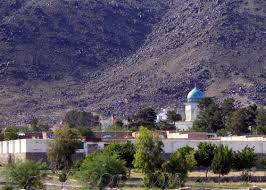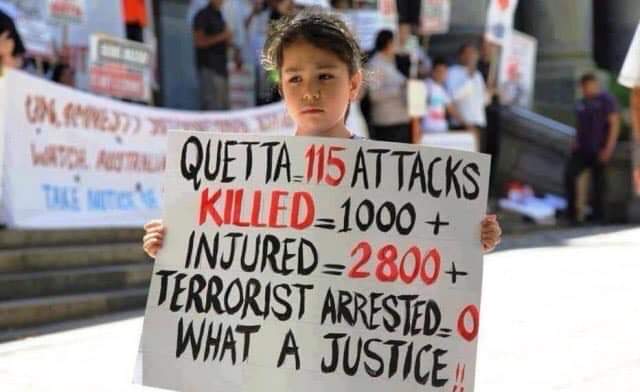Will human rights be betrayed in US-Taliban deal?
More than a year of US-Taliban negotiations bore formal fruit with the signing in Doha of what is being called a “peace deal” by Washington’s envoy Zalmay Khalilzad and Mullah Abdul Ghani Baradar. The pact calls for the US to withdraw its forces from Afghanistan in 14 months if the Taliban fulfills its commitments under the agreement. “Intra-Afghan” talks are to follow, with the aim of negotiating a permanent ceasefire. Amnesty International, however, raised concerns about what the deal could mean for Afghanistan’s women and religious minorities, urging: “Any peace process involving the parties to the conflict in Afghanistan must not ignore the voice of victims.” (Map: Perry-Castañeda Library)



